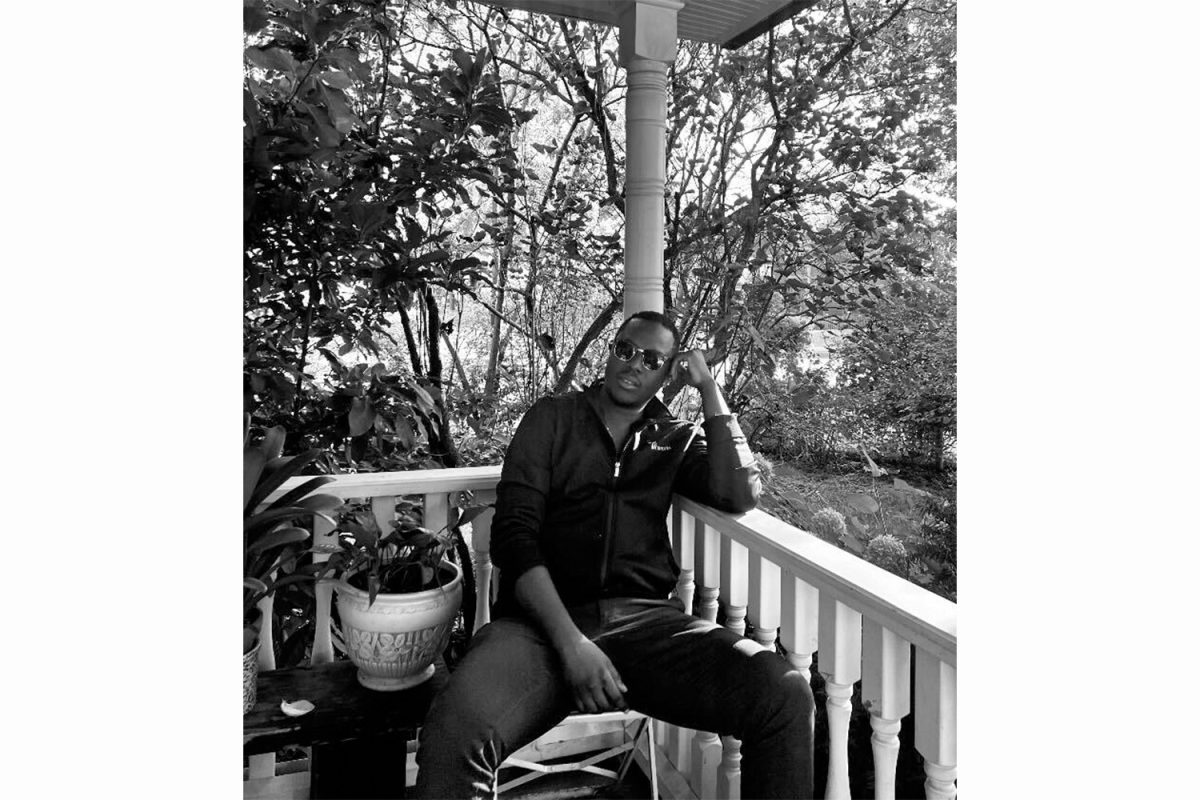The rhythm of the conga drums radiates in all directions. It creeps across the floor to the audience members, vibrating through the soles of their shoes up to their chests. There it resides, pounding out an infectious beat.
This addiciting percussion will shake the seats of Englert Theatre, 221 E. Washington St., at 7:30 p.m. today when the performers featured in the Afro Cuban-Jazz Summit Concert take the stage. Admission is free.
"I guess one of the things I wanted to do with this concert in particular and with the whole week in general is to ask and answer the question, What is Afro-Cuban jazz?" said James Dreier, the organizer of the event and a University of Iowa School of Music lecturer in jazz.
Afro-Cuban jazz started with the folkloric music of African slaves brought to Cuba. It was performed mostly with drums, dancing, and singing.
"That music sort of put in the foundations of concepts about music and rhythm into the overall Cuban mindset," Dreier said.
Those traditions combined and translated into jazz as it was introduced to the Cuban culture in the early 20th century, the same time it was being introduced in America.
The interaction between America and Cuba began to develop with the Afro-Cuban rhythms moving into American jazz, and the interplay between Cuba and America marks the musical beginnings of jazz music, Dreier said.
He added that most people think of the Cu-bop style first when Cuban jazz is mentioned. Dizzy Gillepsie started the style in the late 1940s by combining Afro-Cuban rhythms with jazz, a meshing of Cuba and bebop. From there, popular dance crazes like the mambo and the cha-cha-cha sprung up around this Cuban jazz music.
Since then, the music spread in many different directions.
"Regardless of the political situations, there’s been a continuous strong strain of back and forth between Cuba and America in jazz," Dreier said. "It has evolved, grown, and gotten very sophisticated and quite widespread."
Finding the beat
Dreier discovered the music in the late-60s when he picked up a Santana record and was instantly enchanted by the contagious percussion. Born in Cedar Falls, he did not grow up with this type of music.
"My culture did not expose me to this music whatsoever," he said. "It was a very sort of Midwestern, Anglo, middle-class upbringing."
Once he heard the first strains of the Latin beat, Dreier was hooked.
"It’s something about the rhythm and the drumming, the way it’s put together it clicks something very profound in me," he said.
Most Latin music, and especially Cuban music, fascinates him. He said the array of knowledge to be learned about all the different areas of the music is overwhelming and vast. One could spend a lifetime focusing on just one aspect. Also fascinating to him is the spirit of the music created by people on the fringes of society.
"Despite coming from a lot of hardship and difficulties, it has a joyful and very positive spirit to it," Dreier said.
Teaching the style
Two UI student groups under the direction of Dreier will participate in the concert: the Afro Cuban Drum and Dance Performance Group and the Latin Jazz Ensemble. Dreier said the difficulty for students as they learn to play Afro-Cuban music is being able to project the meaning of it.
"Learning the technical aspects of the music is challenging, but anybody can do it if they put their mind to it," Dreier said. "But really sort of being able to capture the spirit and essence of the music is something I’m still working on."
The roots of the music are visible in the drumming and dancing of the Afro-Cuban Drum and Dance Performance Group.
UI senior and international-studies and French major Kotheid Nicou has been part of the group since his sophomore year at the university. Originally from Togo, West Africa, the group is a way for Nicou to keep in touch with his culture.
"It is different, but the African root of the Afro-Cuban music is still there," he said. "It exists in the performances."
From the first time he attended a rehearsal, Nicou was drawn to the rhythm behind the dancing and how it influenced the performances. He immediately knew he wanted to be a part of it.
"I love the energy; it is such a dynamic," he said. "When you have the drummers playing the music, the singers singing the song, it is such a powerful feeling of celebration of culture and remembrance."
Through the Afro-Cuban Drum and Dance Group, the audience will see the roots of Afro-Cuban jazz, and through the Latin Jazz Ensemble, the audience will see how the music developed from there.
Visiting musicians Michael Spiro and the Wayne Wallace Latin Jazz Quintet will embody the current state of Afro-Cuban jazz.
Special guests
Spiro, who has known Dreier for many years, has been an Ida Beam scholar-in-residence at the UI this week, giving lectures and participating in workshops and discussions.
"I would describe [Afro-Cuban jazz] as the melting pot of many, many different cultures, African cultures, Cuban cultures: Caribbean cultures, and American jazz," said Spiro, a Latin percussion artist.
The musician considers Latin jazz a cutting-edge music with all of the harmonic and rhythmic sophistication of any other kind of music.
"It challenges your mind and your body, both your intellect and your rear end," he said. "I think that good art is a function of many different variables, so artistically, I think that Latin jazz is at the forefront of the whole thing."
The other visiting musician, Wayne Wallace, is part of the Latin Grammy-nominated Wayne Wallace Quintet.
For him, the attraction of Afro-Cuban jazz lies in the possibilities of the music.
"It gives you a chance to be creative," he said. "It’s a kind of music in which you get to improvise. That’s the exciting part; you get to come back and try to create something different every time you play."
Wallace also enjoys the range of emotions he sees in audiences as they listen to his music.
"I think it’s so subjective," he said. "People can take what they want from the music. You get the whole spectrum of everything."
At the heart of the performances is the Afro-Cuban jazz music, with its rich history, adaptations, evolutions, and current virtuosic performers.
"I find that most people like this music," Dreier said. "It crosses all cultures, barriers, age groups, everything; it’s very universal."






